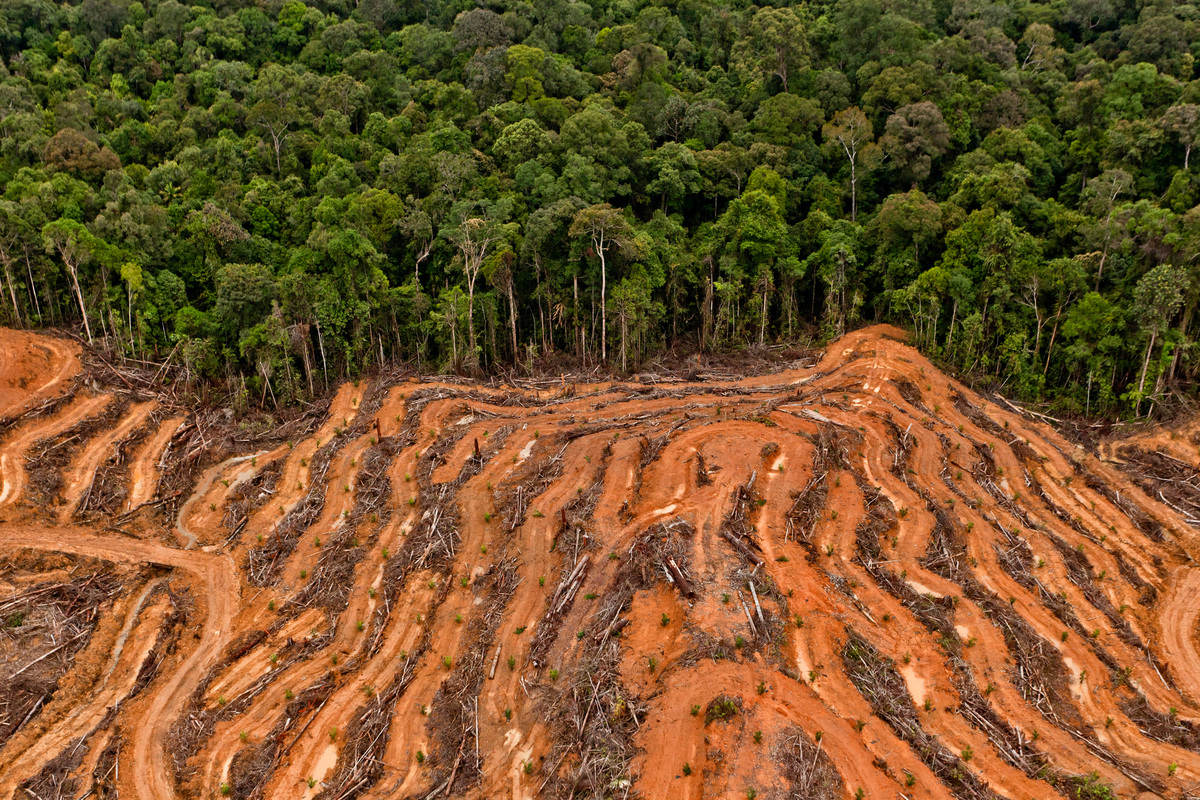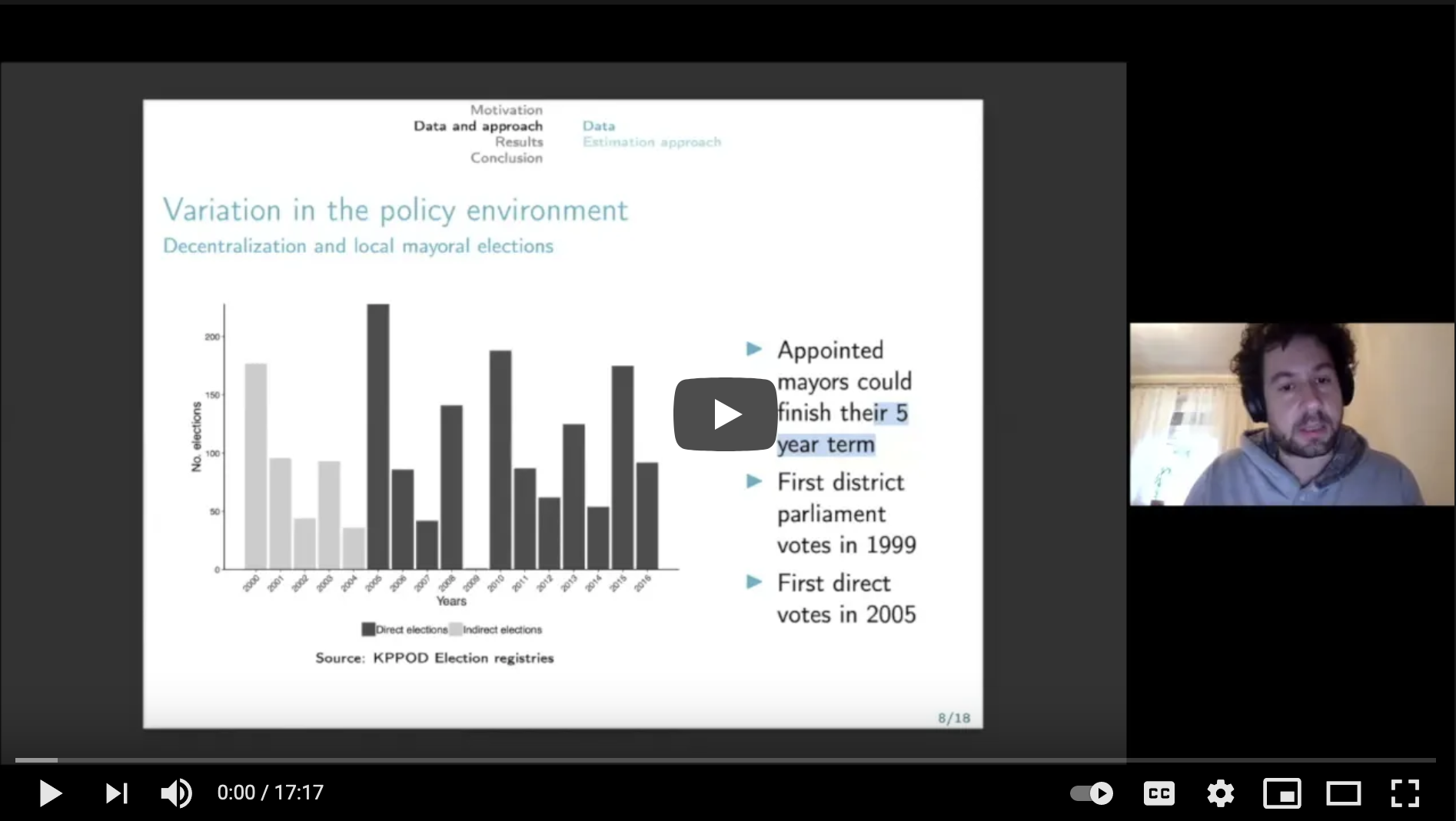Publication: Evaluating REDD+ at subnational level: Amazon fund impacts in Alta Floresta, Brazil
Correa, J., E. Cisneros, J. Börner, A. Pfaff, M. Costa, and R. Rajão (2020): Evaluating REDD+ at subnational level: Amazon Fund impacts in Alta Floresta, Brazil. Forest Policy and Economics 116: 102,178.
Abstract
The Amazon Fund is the world’s largest program to reduce emissions from deforestation and forest degradation (REDD+), funded with over US $1b donated by Norway and Germany between 2008 and 2017 to reward Brazil for prior deforestation reductions. Olhos D’Água da Amazônia is cited as a leading project success − with over one thousand small-to-medium-sized crop and livestock producers in the municipality of Alta Floresta, Mato Grosso State receiving more from the Amazon Fund than all but two other municipalities. To secure property rights, aid environmental planning, and raise farmers’ productivity and output diversity, the project helped farmers register in Brazil’s environmental cadaster and receive property certificates. Furthermore, Olhos D’Água supported milk and honey production and paid farmers to conserve riverine forest sites. We estimate causal effects of Olhos D’Água, versus a counterfactual estimate of what would have happened without the project, using a synthetic-control method. We build from the pool of blacklisted municipalities weighted averages (synthetic controls) that best match pre-treatment outcomes for Alta Floresta. Project effects are estimated as post-treatment differences between Alta Floresta and the synthetic controls. We find that the project increased new CAR registrations, and INCRA certifications, and may have moderately increased honey and milk production. Alta Floresta’s annual forest losses remained historically low but we find no clear causal effect of the project on deforestation rates. Our results support that rigorous impact evaluation can motivate and guide project improvements.


